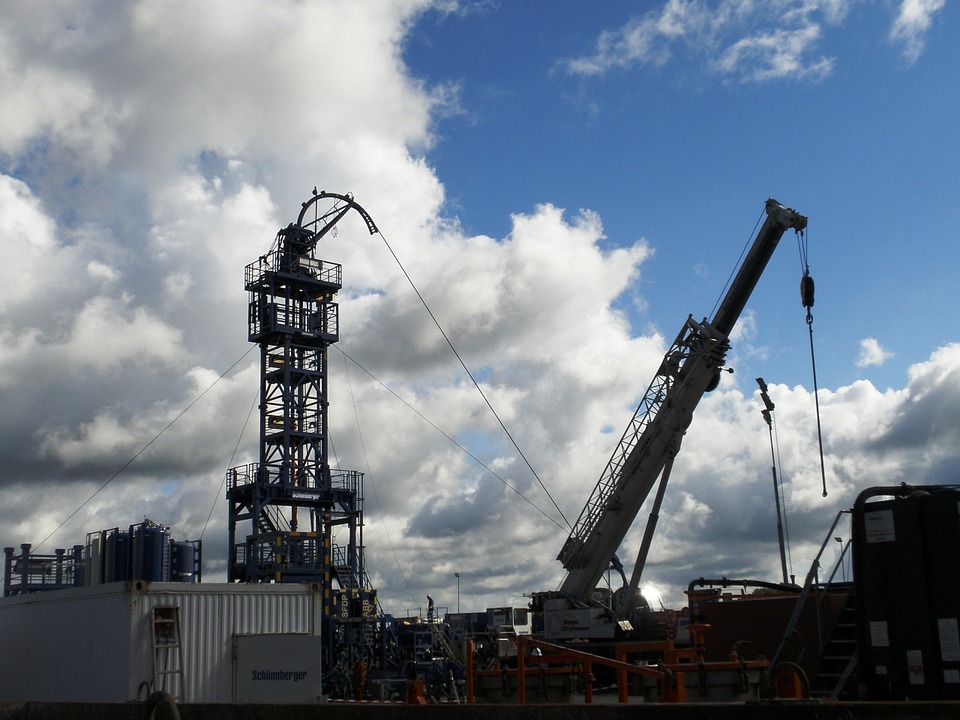The world’s major oil producers are planning to cut production. The US shale industry, by contrast, seeks to take advantage of growing of oil prices and increase market share. A little larger size of loans facilitates this task for them, says Reuters.
Earlier in December, OPEC and non-cartel members agreed to jointly cut production in hope to restore the balance in the global market and support prices of raw materials.
Meanwhile, analysts at Raymond James believe that North American manufacturers of oil and gas can increase capital expenditure by 30% in 2017.
A number of slate miners, including Pioneer Natural Resources Co, Diamondback Energy Inc and RSP Permian Inc, forecasted an increase of budget and production for the following year.
Every six months, the US oil and gas companies and banks discuss parameters of loan agreements, based on value of proved reserves. As a result of autumn negotiations, credit limits of 34 companies, on average, were increased by 5%, or more than $ 1.3 billion.
In addition, banks have extended maturity of the loans. Total amount of the loan amounted to $ 30.3 billion against $ 28.9 billion agreed in the late spring of this year.
Over the past year and a half, banks have cut amount of loans to shale companies by 40%. "It seems the market of exploration and production, albeit slowly, is coming to life", - said Kyle Owusu, an analyst at Reorg Research.
Oil prices rose by more than 45% this year. As a result, cost of reserves increased and so did size of loans to shale companies. In addition, some enterprises reported growth in proven reserves, partly due to acquisition of new sites.
According to recent reports, the United States produces about 8.8 million barrels of oil per day, and almost 50% are shale. OPEC’s agreement to cut production, announced on November 30, triggered growth of WTI’s price to $ 53 per barrel. At that, $ 60 could push the US production up to 500 th. barrels, and $ 70 would double the volume.
Nevertheless, OPEC have time to adapt, said Michael Wittner from Societe Generale SA. As costs are rising, prices may fall as oil service companies are seeking to reach the pre-crisis level. Thus, the largest OPEC competitors might fight quick revitalization of production disrupt re-restoration of the oil market’s balance, said Wittner.
"It will take some time, so get ready. Investments are gaining momentum, and drillers need time. It’s a gradual process", - he added.
2017 can still fail to become a turning point. Rystad Energy estimated that this could happen in 2018. Although production volumes, including oil and LNG, will increase to 93 thousand barrels a day next year, they can grow up to 10 times in 2018, and then show additional growth until the decade ends, said Rystad Energy.
source: reuters.com
Earlier in December, OPEC and non-cartel members agreed to jointly cut production in hope to restore the balance in the global market and support prices of raw materials.
Meanwhile, analysts at Raymond James believe that North American manufacturers of oil and gas can increase capital expenditure by 30% in 2017.
A number of slate miners, including Pioneer Natural Resources Co, Diamondback Energy Inc and RSP Permian Inc, forecasted an increase of budget and production for the following year.
Every six months, the US oil and gas companies and banks discuss parameters of loan agreements, based on value of proved reserves. As a result of autumn negotiations, credit limits of 34 companies, on average, were increased by 5%, or more than $ 1.3 billion.
In addition, banks have extended maturity of the loans. Total amount of the loan amounted to $ 30.3 billion against $ 28.9 billion agreed in the late spring of this year.
Over the past year and a half, banks have cut amount of loans to shale companies by 40%. "It seems the market of exploration and production, albeit slowly, is coming to life", - said Kyle Owusu, an analyst at Reorg Research.
Oil prices rose by more than 45% this year. As a result, cost of reserves increased and so did size of loans to shale companies. In addition, some enterprises reported growth in proven reserves, partly due to acquisition of new sites.
According to recent reports, the United States produces about 8.8 million barrels of oil per day, and almost 50% are shale. OPEC’s agreement to cut production, announced on November 30, triggered growth of WTI’s price to $ 53 per barrel. At that, $ 60 could push the US production up to 500 th. barrels, and $ 70 would double the volume.
Nevertheless, OPEC have time to adapt, said Michael Wittner from Societe Generale SA. As costs are rising, prices may fall as oil service companies are seeking to reach the pre-crisis level. Thus, the largest OPEC competitors might fight quick revitalization of production disrupt re-restoration of the oil market’s balance, said Wittner.
"It will take some time, so get ready. Investments are gaining momentum, and drillers need time. It’s a gradual process", - he added.
2017 can still fail to become a turning point. Rystad Energy estimated that this could happen in 2018. Although production volumes, including oil and LNG, will increase to 93 thousand barrels a day next year, they can grow up to 10 times in 2018, and then show additional growth until the decade ends, said Rystad Energy.
source: reuters.com





